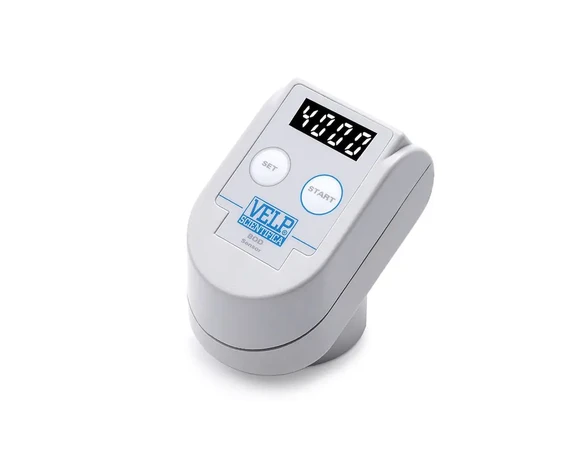Biochemical oxygen demand (BOD)
Biochemical oxygen demand (BOD) is the amount of oxygen consumed by bacteria and other microorganisms as they decompose organic matter under aerobic conditions at a specified temperature through the oxidation of the consumed oxygen.
Biochemical oxygen demand is essentially a measure of the oxygen required to remove waste organic matter from water in the process of aerobic bacterial decomposition. BOD is also often used in wastewater treatment plants as an indicator of the amount of organic pollution in water.
What does the value of BOD mean?
It actually indicates the amount of oxygen. A higher BOD indicates that more oxygen is needed, which is less for oxygen-demanding species to feed, and is an indication of poor water quality. Conversely, a low BOD means that less oxygen is being removed from the water, so the water is generally cleaner.
How is BOD measured?
This test is based on the difference in dissolved oxygen of the sample over a period of five days. A known volume of sample is taken, its initial DO content recorded and after a period of five days at 20°C, the sample is removed from the incubator and the final DO content is recorded. Since cold water retains oxygen better than warm water, DO is usually lower in the summer months.
How to evaluate BOD
Aerobic biodegradation involves the biological oxidation of organic matter. During this process, organic matter is converted by microorganisms into microbial biomass, the final products of the biological decomposition reaction (compounds derived from primary organic matter), CO2 and H2O, according to the following equation:
X0+S+O2 NP.MN Xf + Tp + CO2 + H2O
X0: Primary biomass
S: Organic carbon sources
O2: Oxygen
N: Nitrogen source
P: Phosphorus source
MN: Mineral nutrients
Xf: Final biomass
Tp: Degradation transformation products
CO2: Carbon dioxide
H2O: Water
The laboratories of Abrizan Industrial Research Company located in Fars Science and Technology Park are capable of measuring various water parameters, including BOD testing, with experienced staff and the use of advanced devices and equipment.




